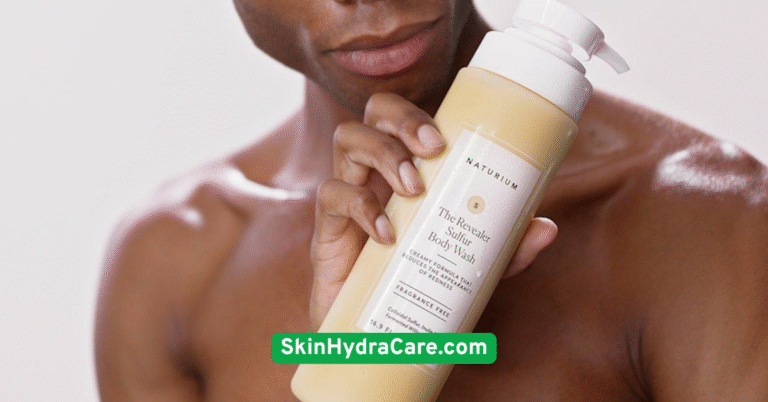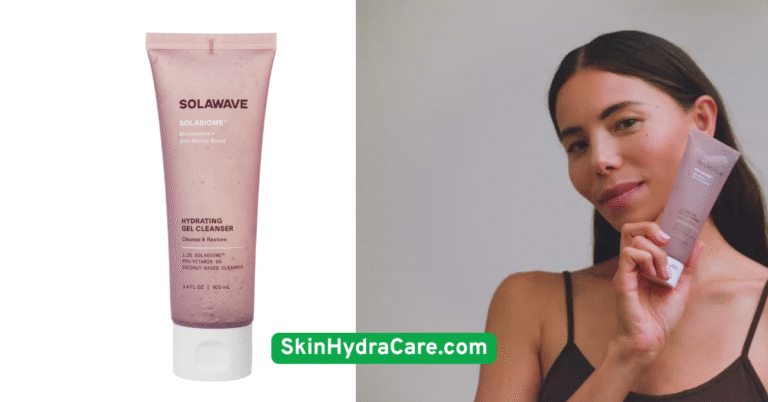30 Nourishing Skincare Tips for Lasting Hydration
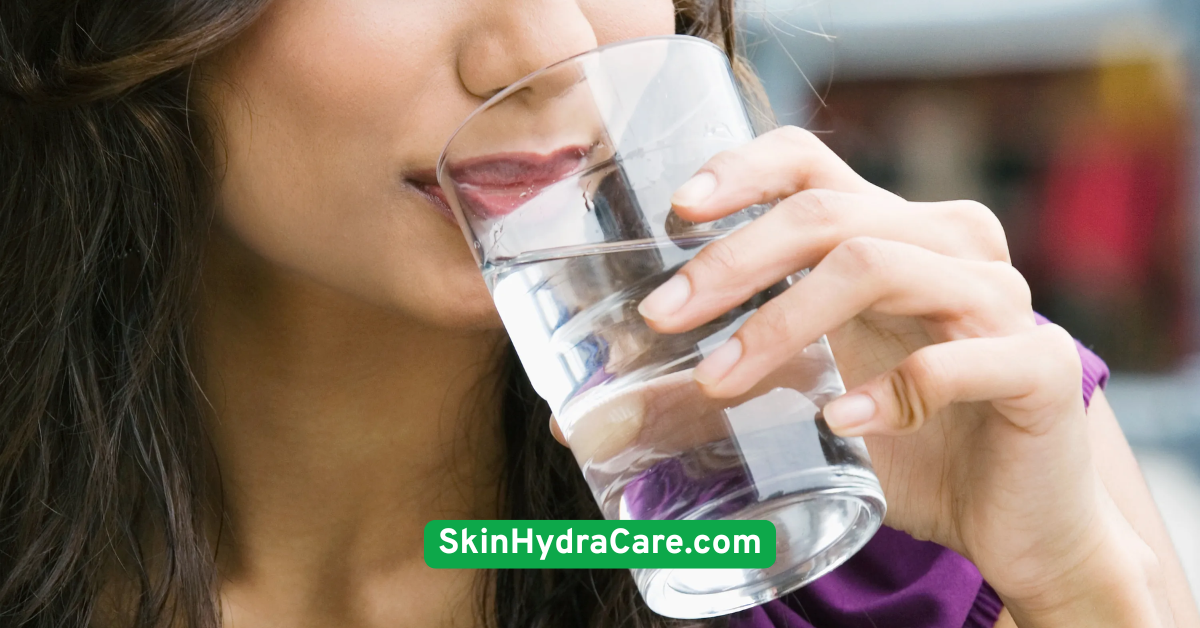
Tip 1: Drink Plenty of Water Daily
You’ve heard it before—and it bears repeating. Hydrating from the inside out is step one. Water helps maintain your skin’s elasticity and flushes out toxins that can affect your glow. Aim for about 8 glasses a day, or more if you’re active or live in a dry climate.But remember, water alone won’t fix dry skin. It supports overall hydration, but topical products are what seal the deal on the surface. Combine good hydration habits with smart skincare for optimal results.

Tip 2: Use a Gentle Hydrating Cleanser
Cleansing should never leave your skin feeling tight. That’s a sign it’s been stripped of natural oils. Look for sulfate-free cleansers rich in glycerin or ceramides. These help your skin retain moisture while removing dirt and makeup.Your cleanser sets the tone for the rest of your skincare routine. A gentle base allows your moisturizers and serums to penetrate better and work more effectively.
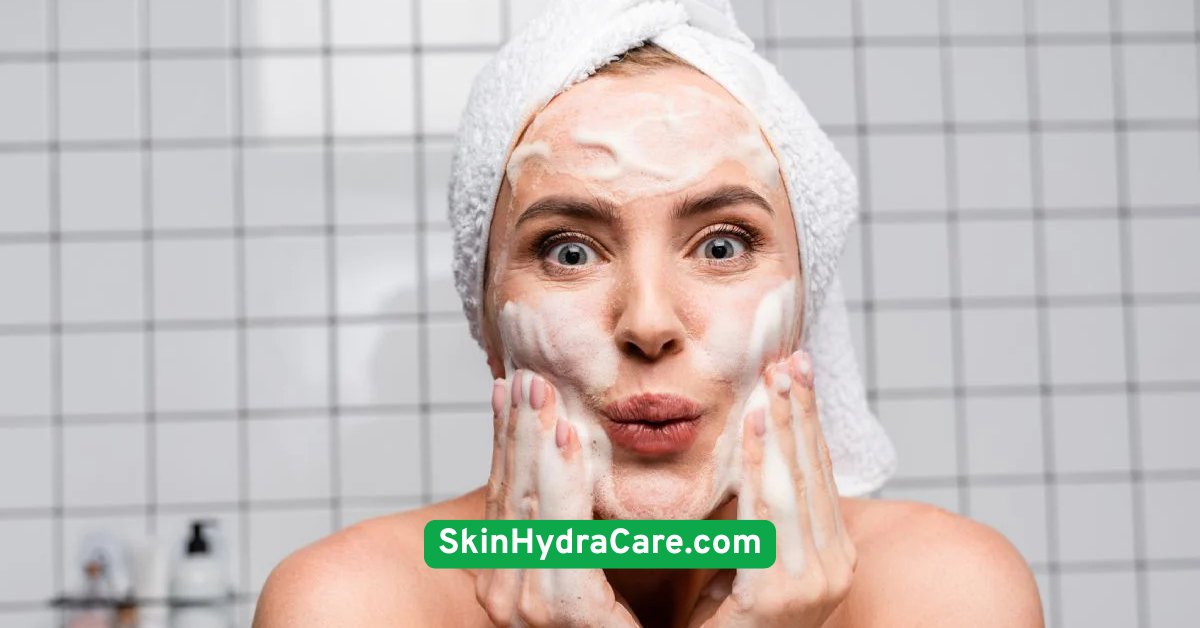
Tip 3: Apply Moisturizer on Damp Skin
Timing matters! After cleansing, your skin is still damp and more absorbent. Applying your moisturizer right then helps lock in hydration more efficiently.Look for moisturizers with ingredients like hyaluronic acid, squalane, and panthenol. These act as humectants, drawing moisture into the skin and sealing it there.
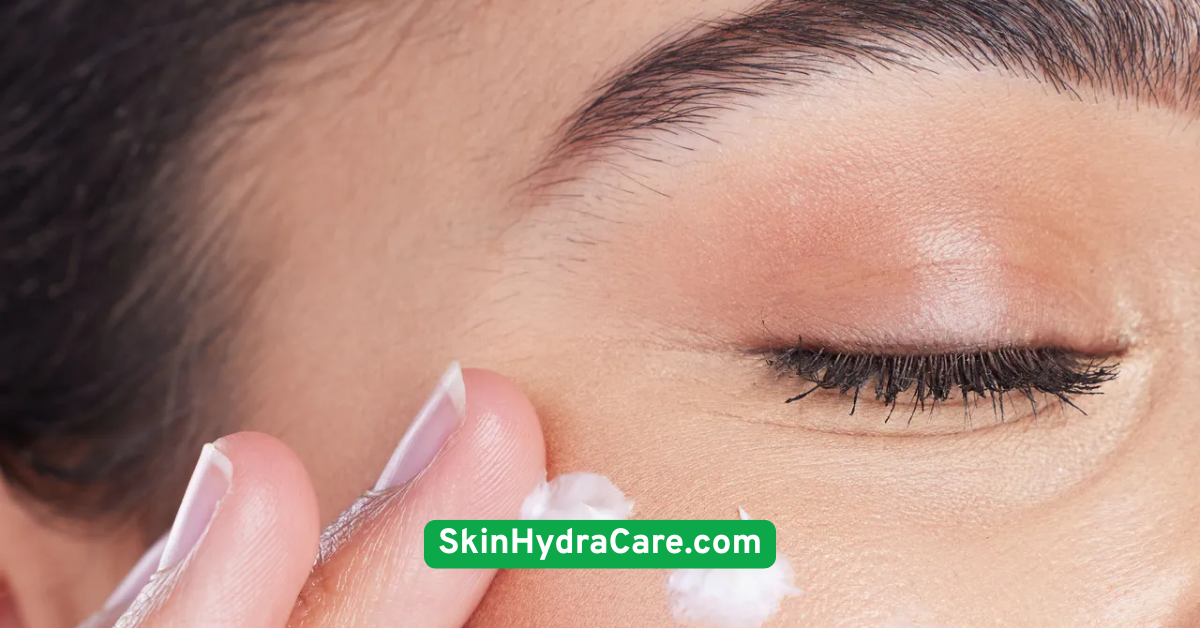
Tip 4: Invest in a Humidifier
Dry indoor air, especially during winter or in air-conditioned spaces, can sap moisture from your skin. A humidifier helps maintain optimal humidity levels, keeping your skin hydrated even while you sleep.Place it near your bed for overnight benefits. Your morning skin will thank you.
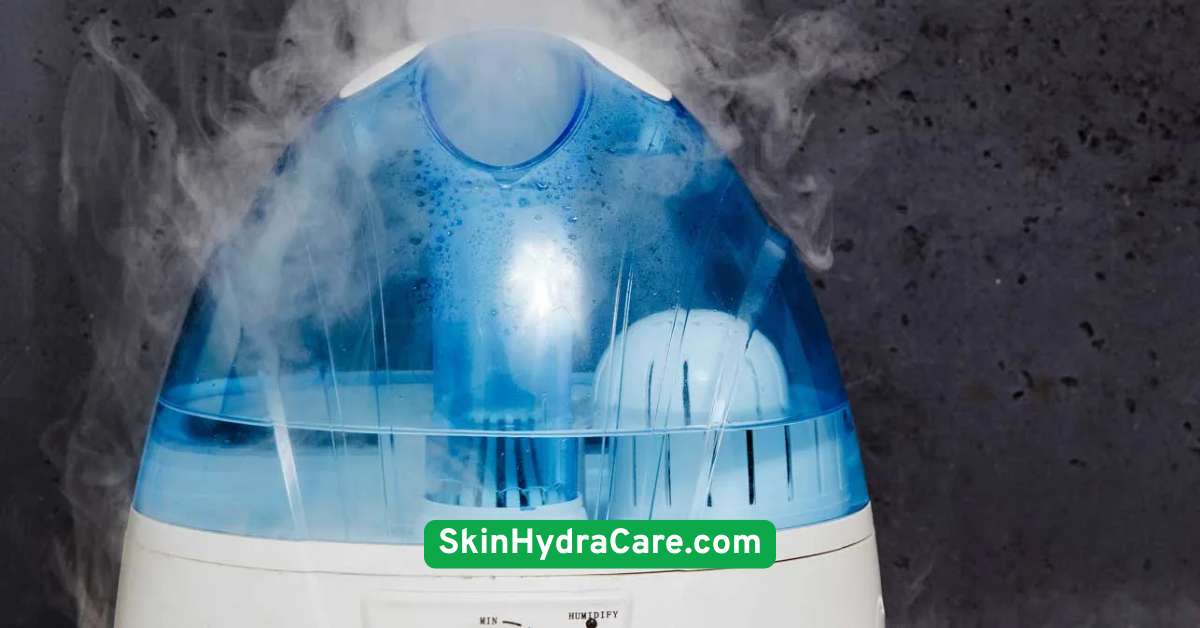
Tip 5: Use a Hyaluronic Acid Serum
Hyaluronic acid is a superstar for hydration. It holds up to 1,000 times its weight in water, making it one of the most effective ingredients for plumping up dry skin.Apply it on damp skin for best results, and follow with a good moisturizer to seal in the benefits. This combo makes your skin look dewy and fresh.
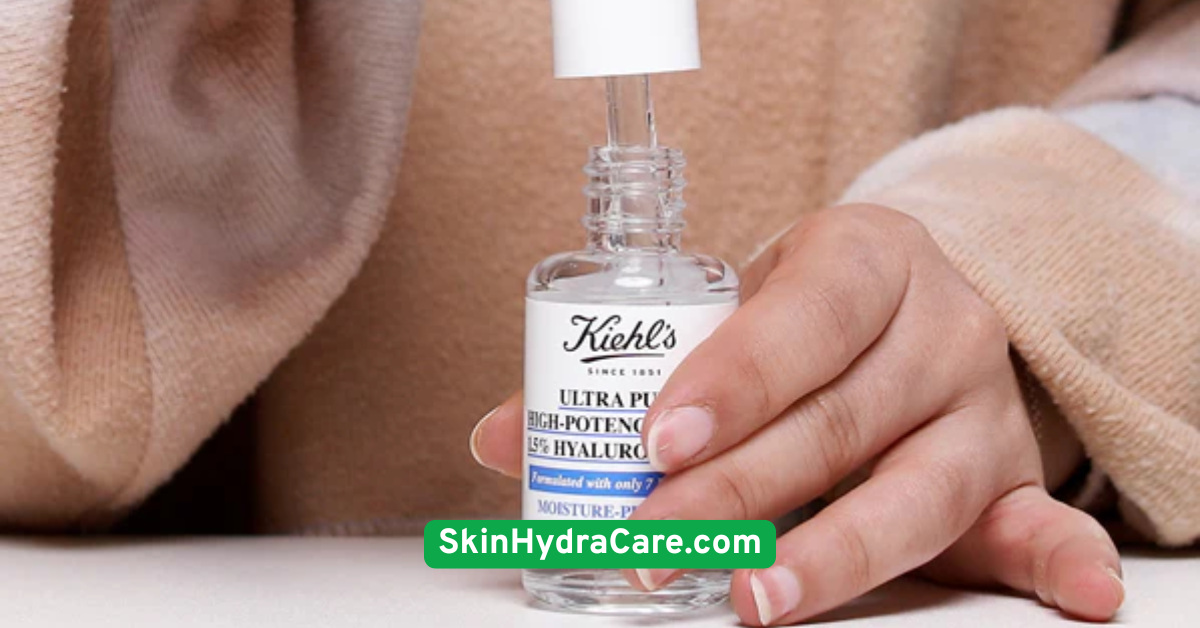
Tip 6: Layer Your Skincare Products Correctly
Yes, there’s a right order! Start with the thinnest products (like toners and serums) and move to thicker ones (like creams and oils). This ensures each layer can penetrate and hydrate properly.Mismatched layering can block absorption, wasting your product and your effort. Mastering the order amplifies hydration benefits across your routine.
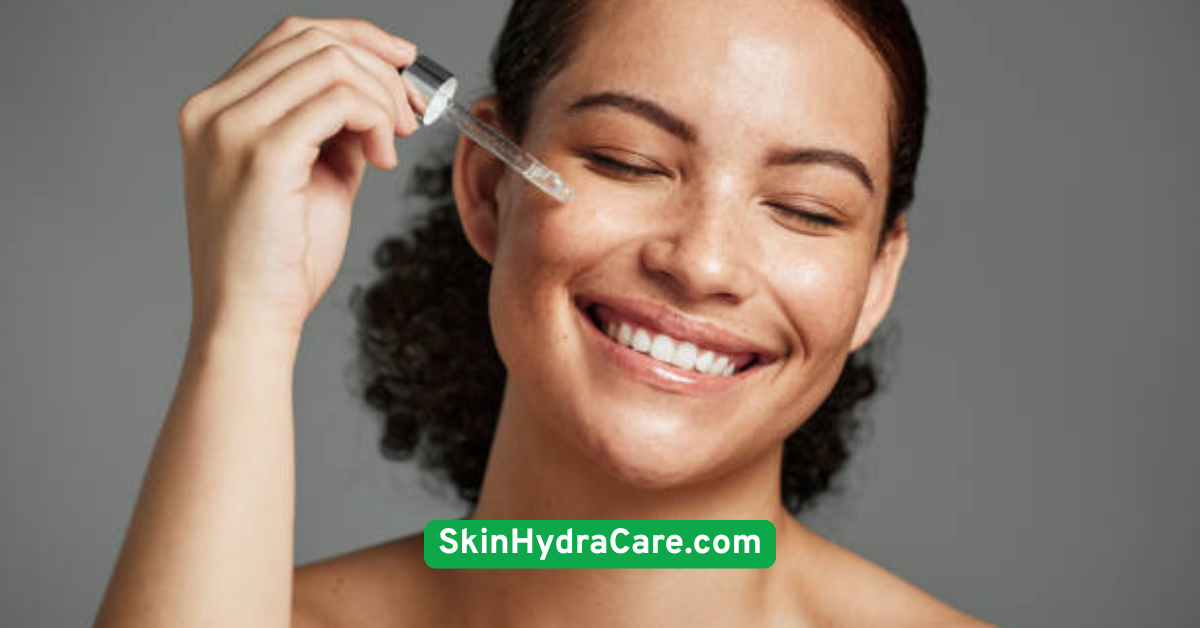
Tip 7: Try the 7-Skin Method
This K-beauty technique involves layering a lightweight, hydrating toner up to seven times. It’s ideal for dry or dehydrated skin types.Start with three layers and work up gradually to avoid over-saturation. It’s time-consuming but incredibly effective for boosting skin hydration and elasticity.
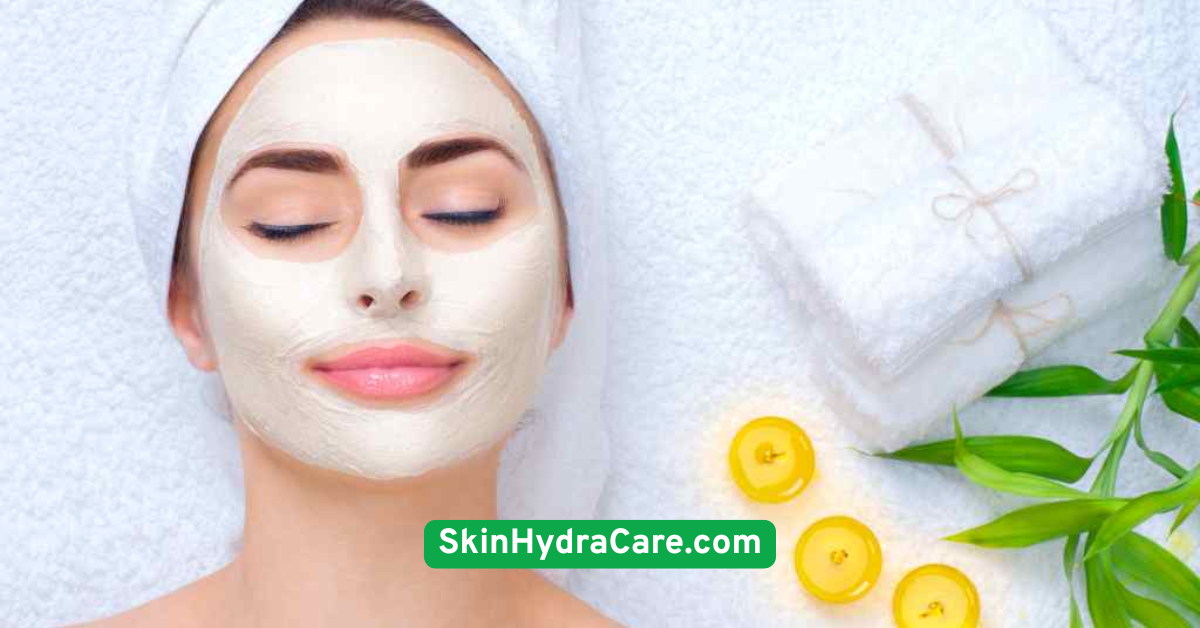
Tip 8: Use Facial Mists Throughout the Day
Facial mists are great for on-the-go hydration. Choose ones with ingredients like rose water, aloe vera, or chamomile to calm and hydrate your skin.A quick spritz can refresh makeup and give your face a dewy pick-me-up anytime you feel dry.
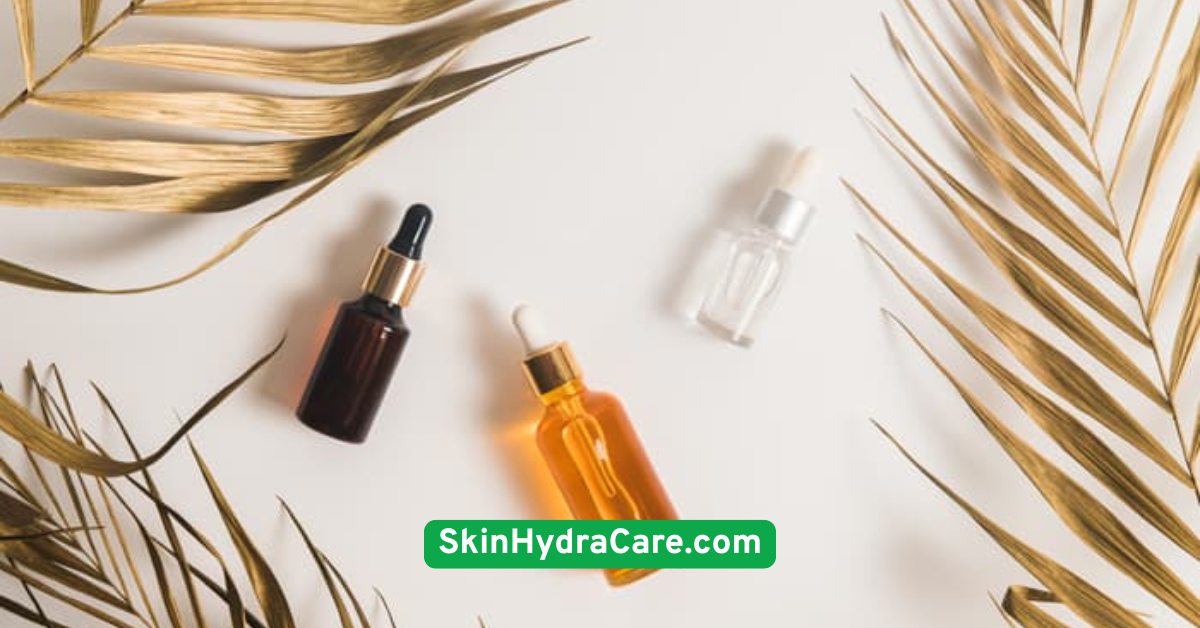
Tip 9: Choose Moisturizers with Occlusives
Occlusives are ingredients that form a protective layer on the skin to prevent water loss. Think petrolatum, shea butter, or lanolin.Use these especially at night when your skin is in repair mode. They help seal in all the good stuff you’ve applied earlier.
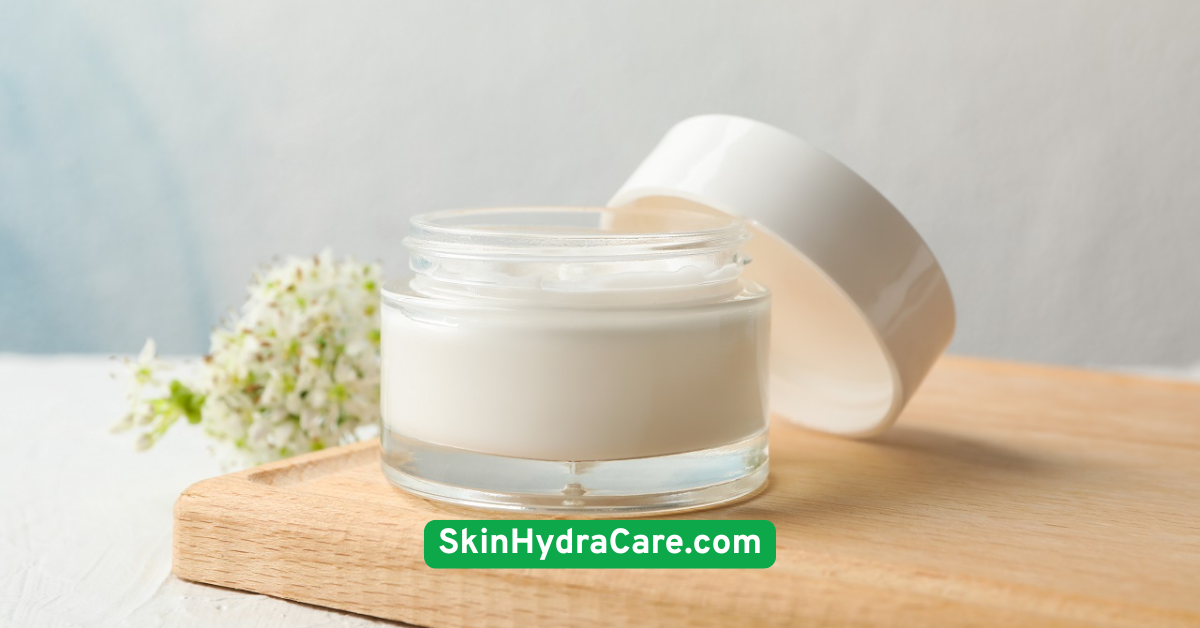
Tip 10: Add a Sleeping Mask to Your Routine
Sleeping masks are rich, hydrating treatments you wear overnight. They’re designed to boost moisture while your body rests.Opt for masks with ceramides, hyaluronic acid, or green tea extract for a calm, hydrated morning glow.
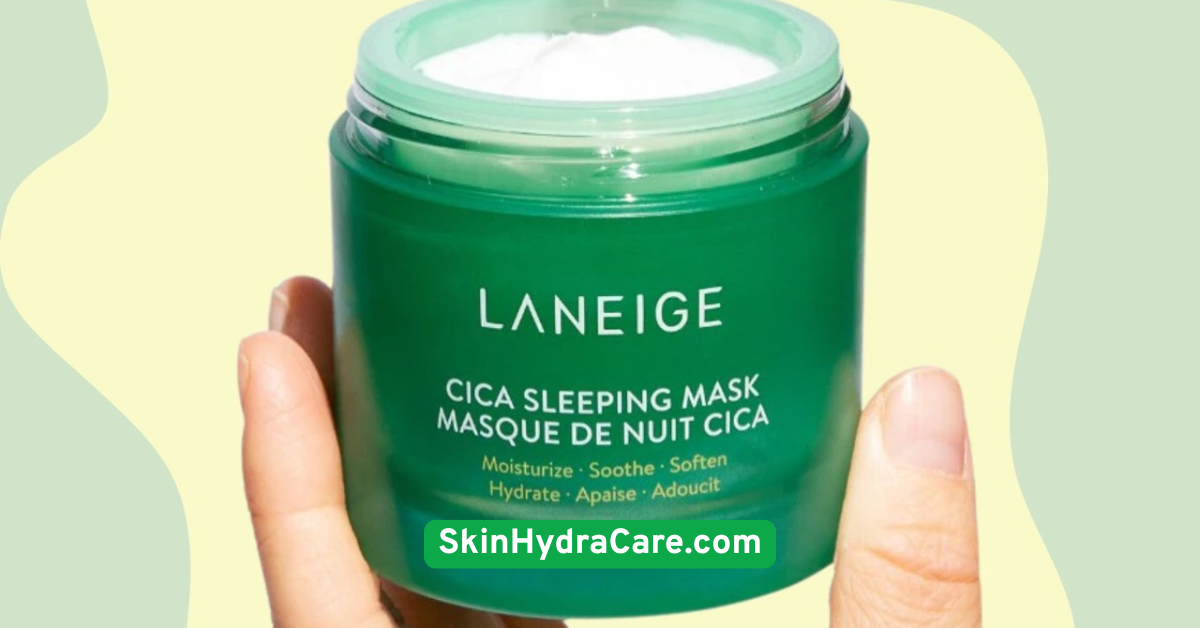
Tip 11: Avoid Hot Showers
As soothing as hot water feels, it can damage your skin barrier and strip away natural oils. Stick to lukewarm showers and limit them to 10–15 minutes.Always follow up with a moisturizer while your skin is still slightly damp.
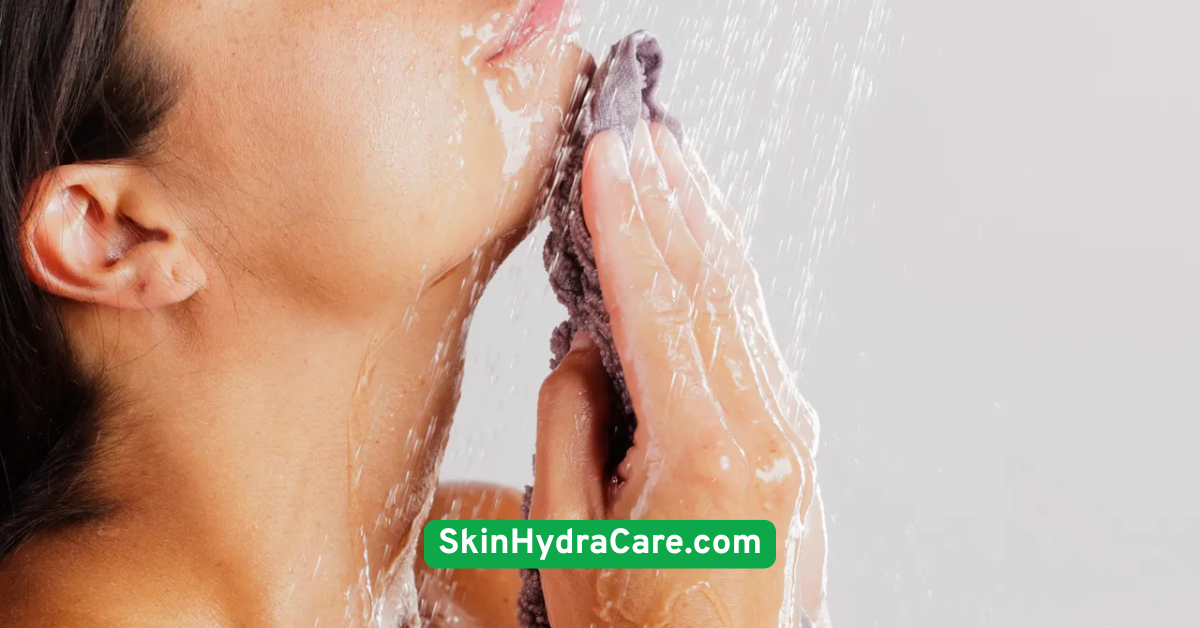
Tip 12: Exfoliate Regularly (But Not Too Much)
Dead skin cells block product absorption. Gentle exfoliation—once or twice a week—helps keep your skin receptive to hydrating products.Choose mild exfoliants like lactic acid or PHA to avoid over-drying or irritation.
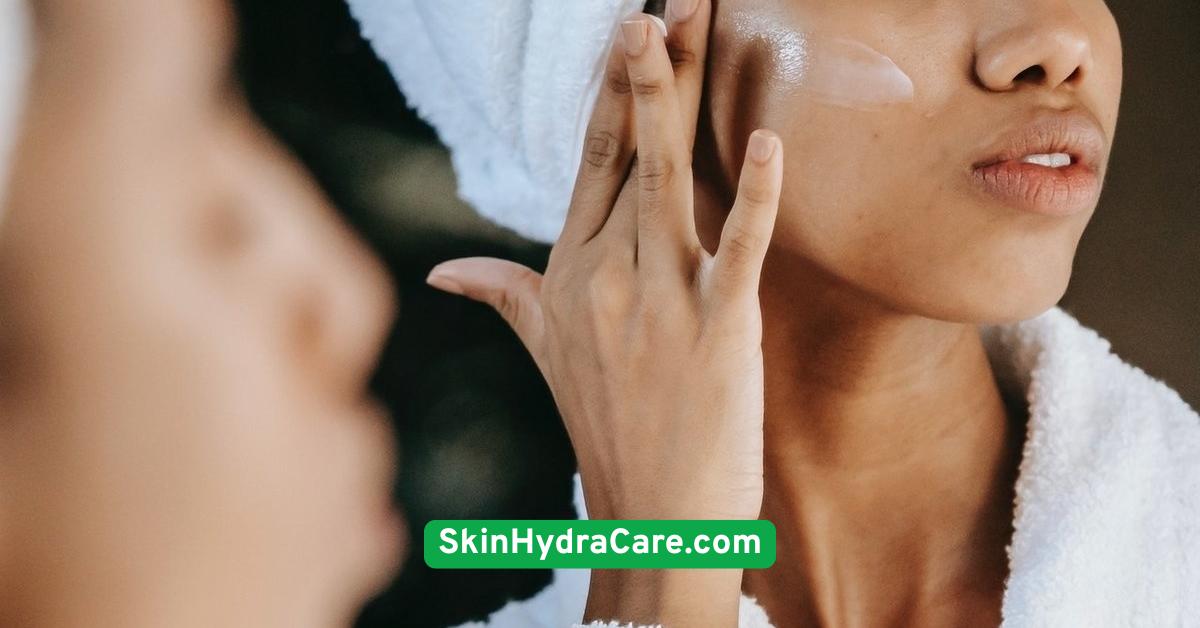
Tip 13: Use Milk or Oat-Based Cleansers
These soothing cleansers are ideal for sensitive or dry skin. Milk proteins and oats offer hydration while gently cleansing.They help calm redness and support your skin’s moisture barrier.
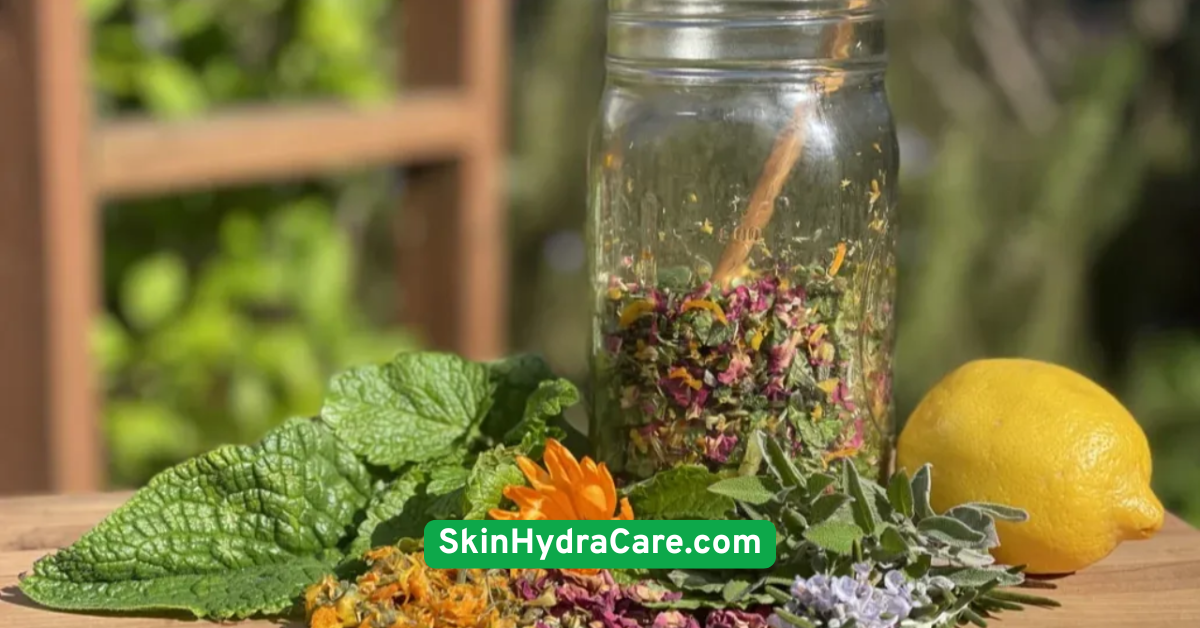
Tip 14: Seal in Products with a Face Oil
Oils are not just for dry skin—they’re hydration heroes. Apply them as the last step in your routine to lock in moisture.Argan, jojoba, or rosehip oil are excellent for sealing hydration without clogging pores.
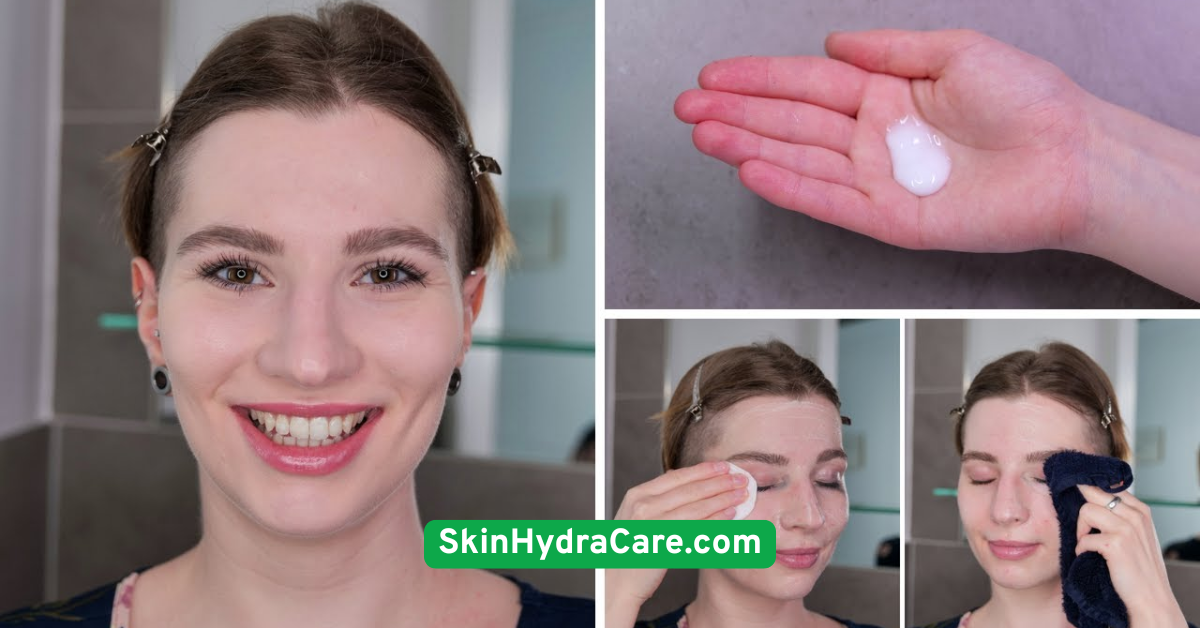
Tip 15: Try Skin Flooding
Skin flooding involves layering multiple hydrating products in quick succession on damp skin. Think mist, toner, serum, then cream.It creates a flood of moisture that leaves skin looking plump and juicy.
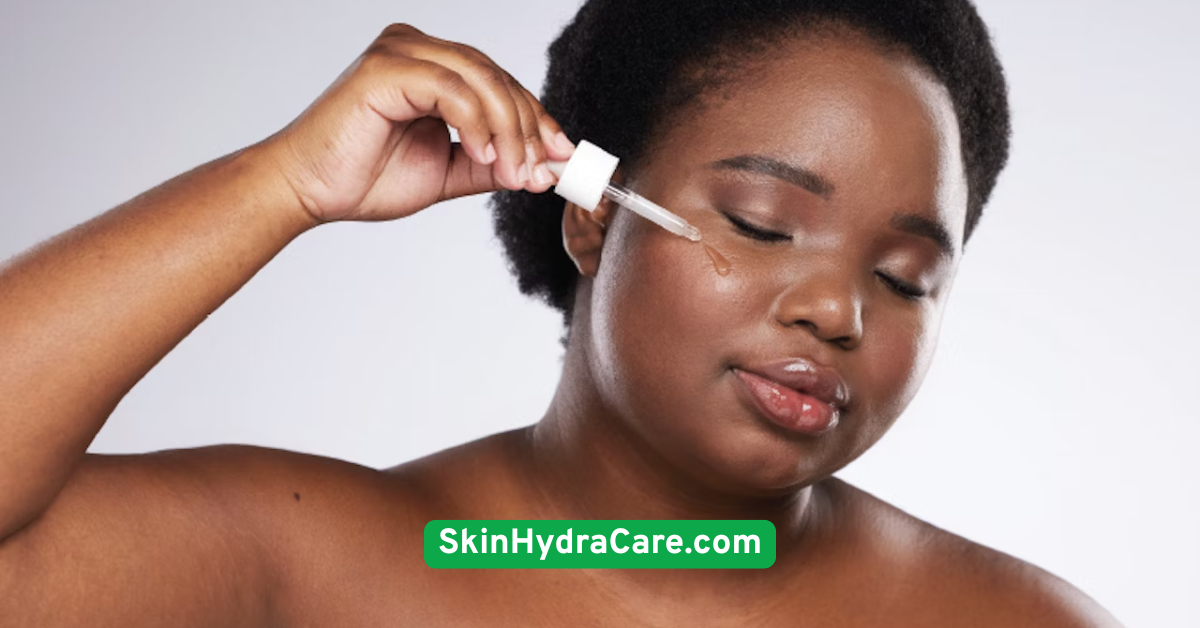
Tip 16: Avoid Alcohol-Based Products
Alcohol denat and SD alcohol can dry out the skin quickly. Look for “alcohol-free” labels, especially in toners and sprays.If you need clarifying products, go for gentle alternatives like witch hazel or green tea extract.
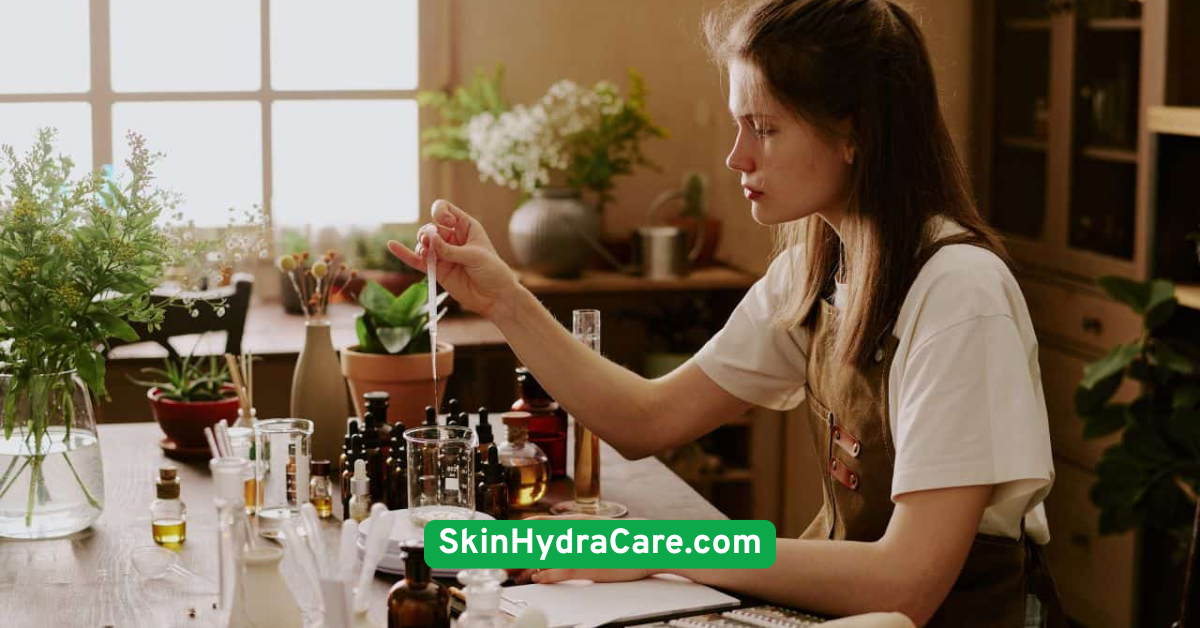
Tip 17: Wear Sunscreen Daily
Sun damage dries and ages your skin. Broad-spectrum SPF protects your barrier and helps maintain hydration.Choose hydrating sunscreens with added skincare ingredients like niacinamide or hyaluronic acid.
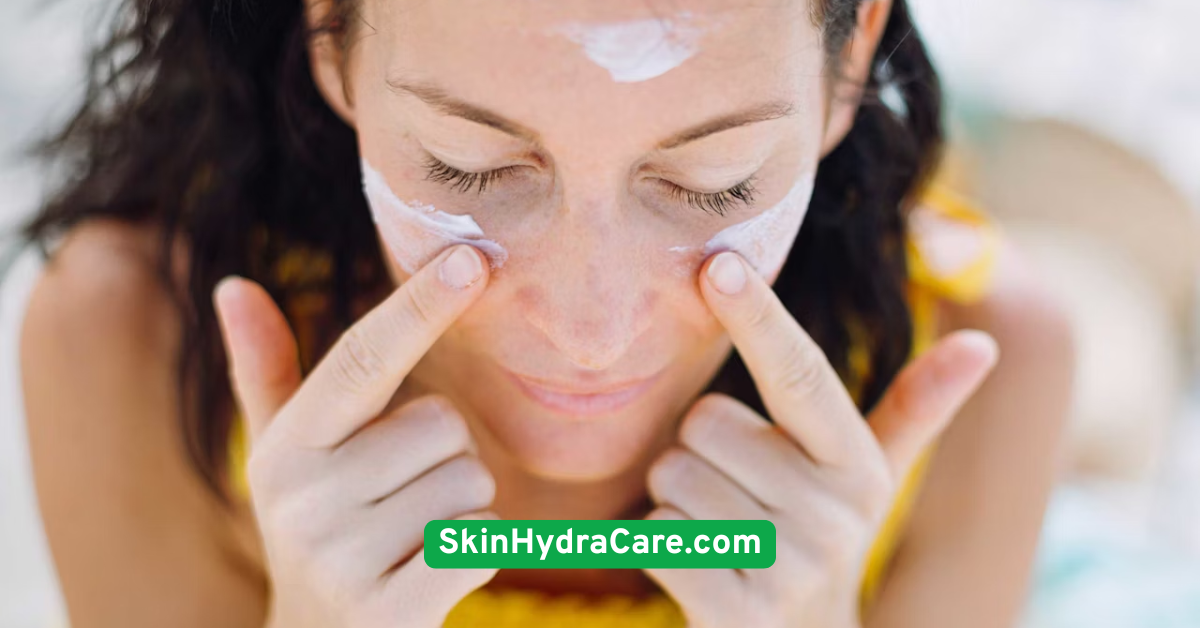
Tip 18: Eat Water-Rich Foods
Cucumbers, watermelon, celery, and oranges aren’t just healthy—they help hydrate you from the inside out.Incorporating these into your daily meals adds another layer of hydration support.

Tip 19: Use Aloe Vera for a Hydration Boost
Aloe vera is a natural humectant and soothing agent. Use it as a gel mask, spot treatment, or in moisturizers for extra hydration.Always patch test, especially if you have sensitive skin.
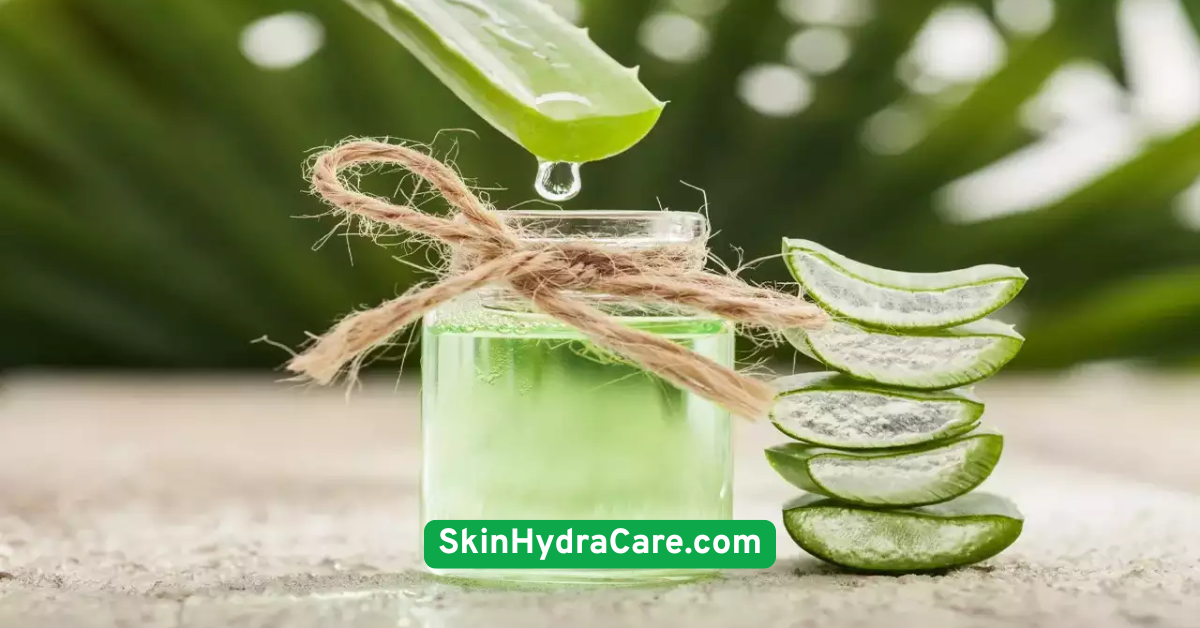
Tip 20: Avoid Over-Cleansing
Too much cleansing strips your skin’s oils, making it dry and irritated. Stick to twice a day—morning and night—and consider skipping your morning cleanse if your skin feels fine.Listen to your skin’s needs. Sometimes less is more.
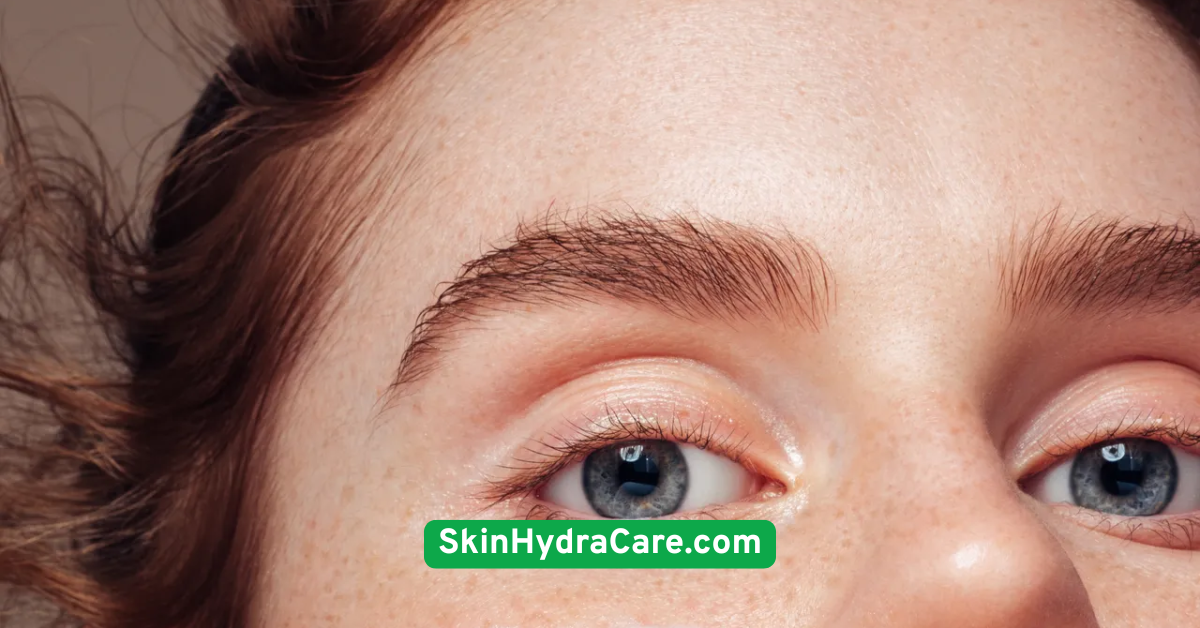
Tip 21: Practice Skin Cycling
This method alternates between exfoliating, retinoids, and recovery nights. It allows your skin barrier to heal and stay hydrated.A typical 4-day cycle might include exfoliation on day one, retinoid on day two, and recovery-focused hydration on days three and four.
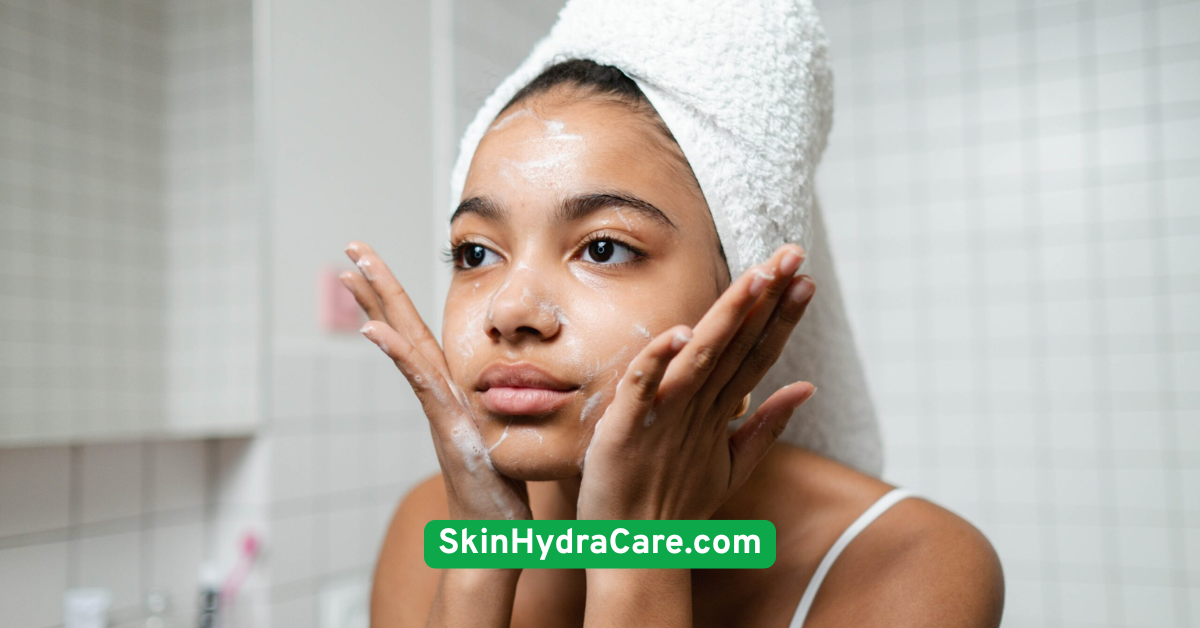
Tip 22: Try DIY Hydrating Masks
Homemade masks using yogurt, honey, or avocado can deeply nourish the skin. These ingredients are rich in natural humectants and healthy fats.Use once a week for a natural moisture boost on a budget.
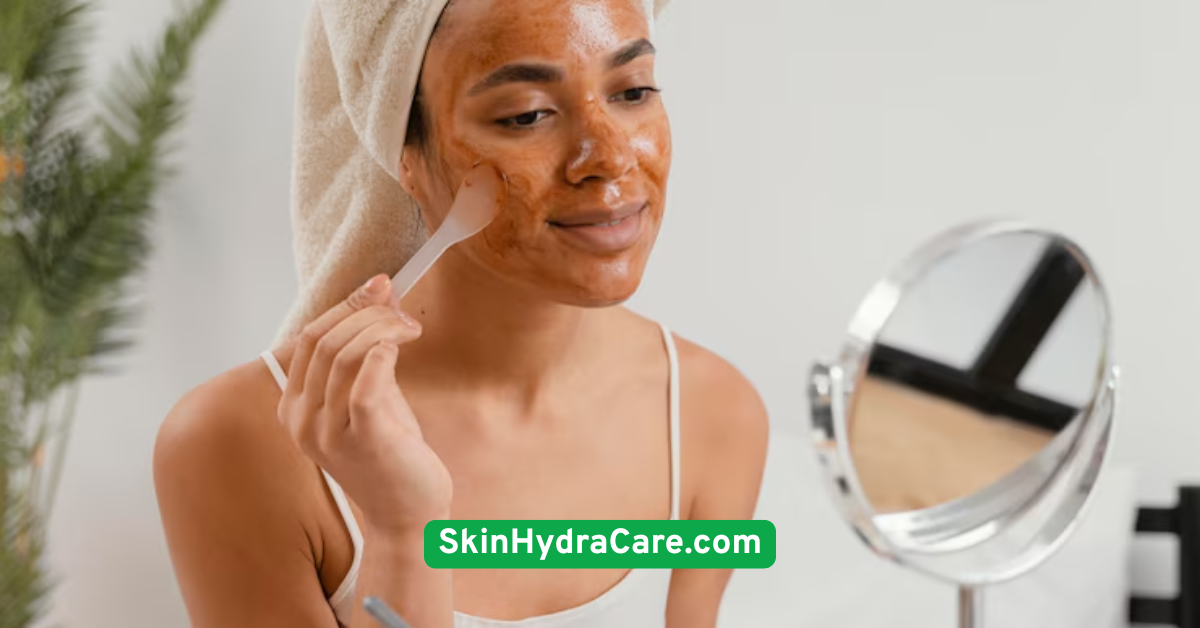
Tip 23: Incorporate Ceramides in Your Routine
Ceramides are lipids that support your skin barrier and help retain moisture. Products with ceramides are especially good for dry or mature skin.Use creams or serums containing ceramides daily for best results.

Tip 24: Pat—Don’t Rub—Your Skin Dry
Rubbing can cause microtears and moisture loss. Use a soft towel and gently pat your face dry.This small change helps maintain skin health and hydration.
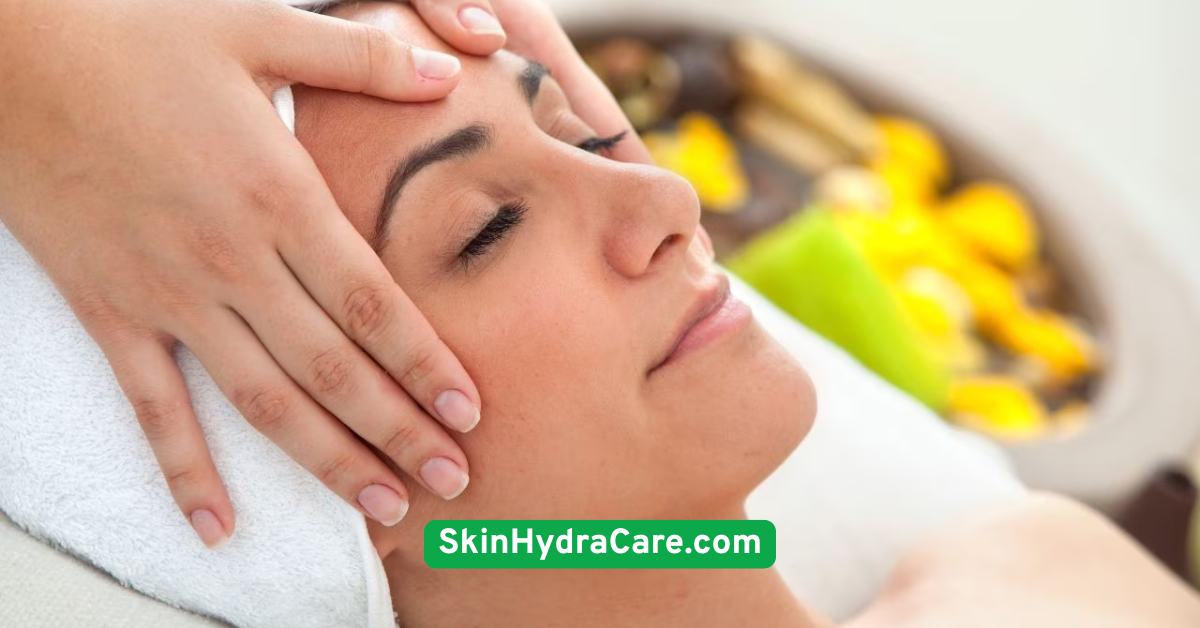
Tip 25: Keep Your Routine Minimal
More products don’t always mean better results. Overloading your skin can lead to irritation and dehydration.Stick to a few well-formulated essentials and focus on consistency.
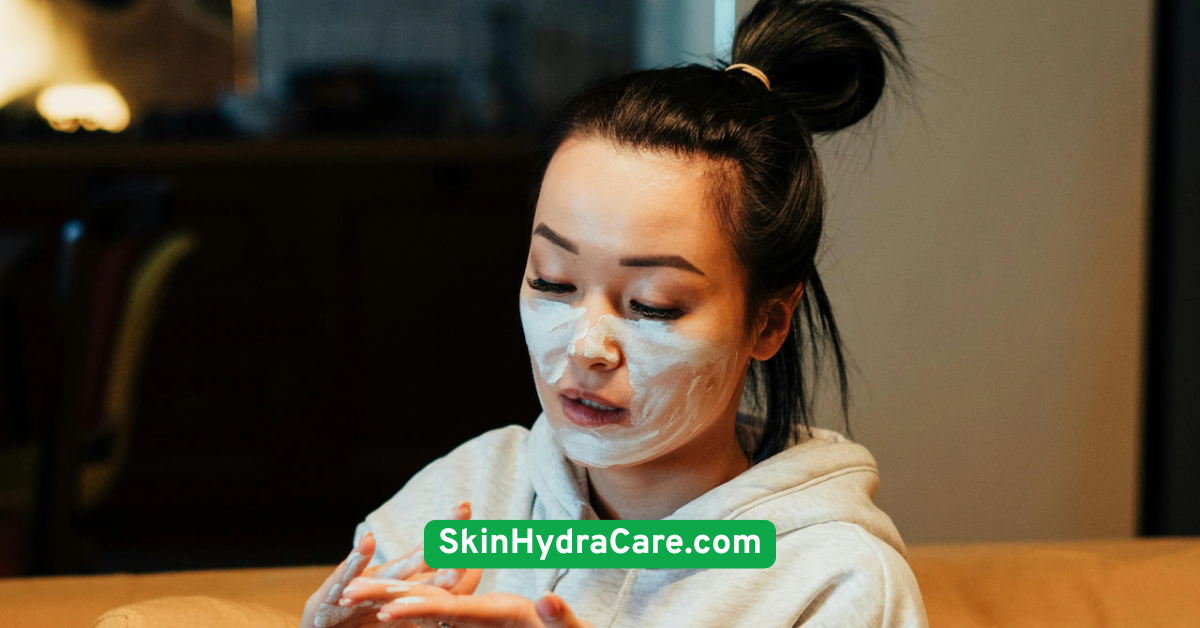
Tip 26: Watch Indoor Heating and AC
Central heating and air conditioning lower humidity levels drastically. This dries out your skin fast.Use a humidifier, hydrate more often, and layer richer creams during extreme indoor climates.

Tip 27: Reapply Moisturizer During the Day
Your skin’s needs can change throughout the day. Lightweight moisturizers or balms can be gently dabbed on dry patches when needed.It’s a quick fix to keep your glow going strong.
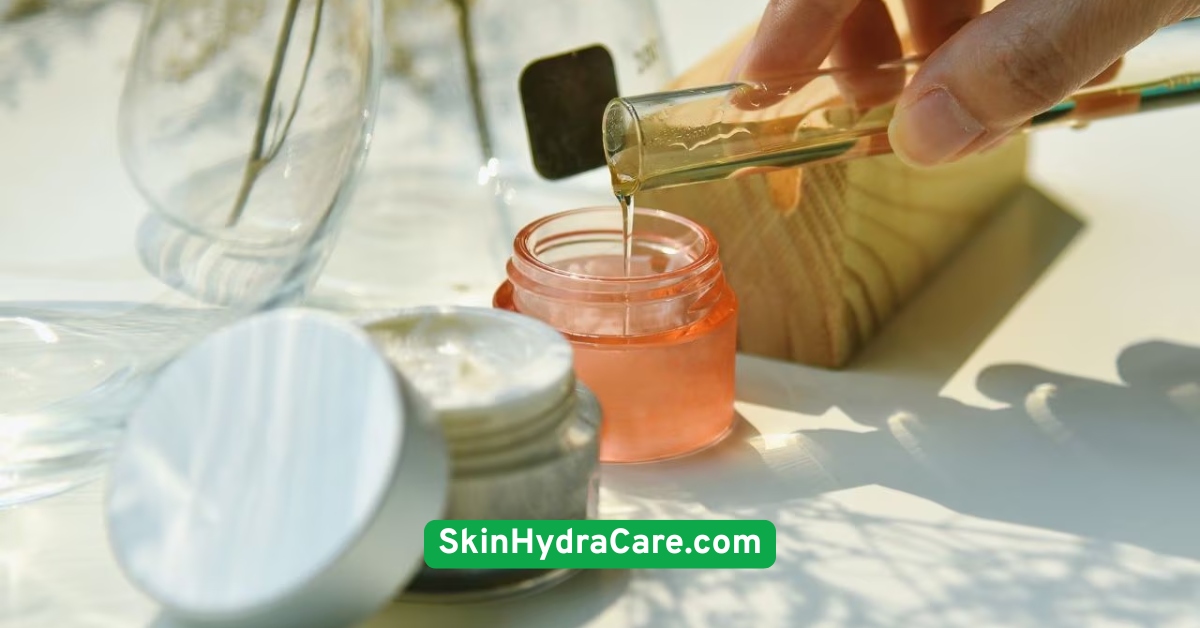
Tip 28: Choose Creams Over Lotions in Winter
Creams are thicker and more occlusive than lotions, offering deeper hydration during colder months.Look for ingredients like ceramides, urea, and panthenol for winter resilience.
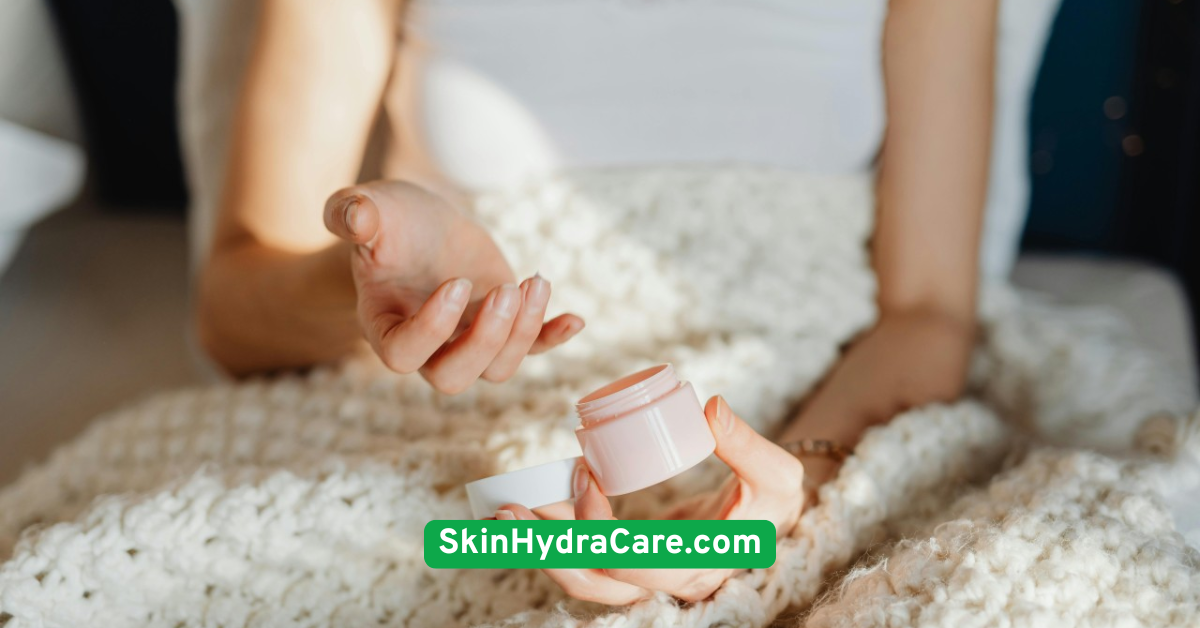
Tip 29: Use a Hydrating Eye Cream
The under-eye area is delicate and prone to dehydration. Use an eye cream with hyaluronic acid, peptides, or squalane.Tap it in gently with your ring finger to avoid tugging the skin.
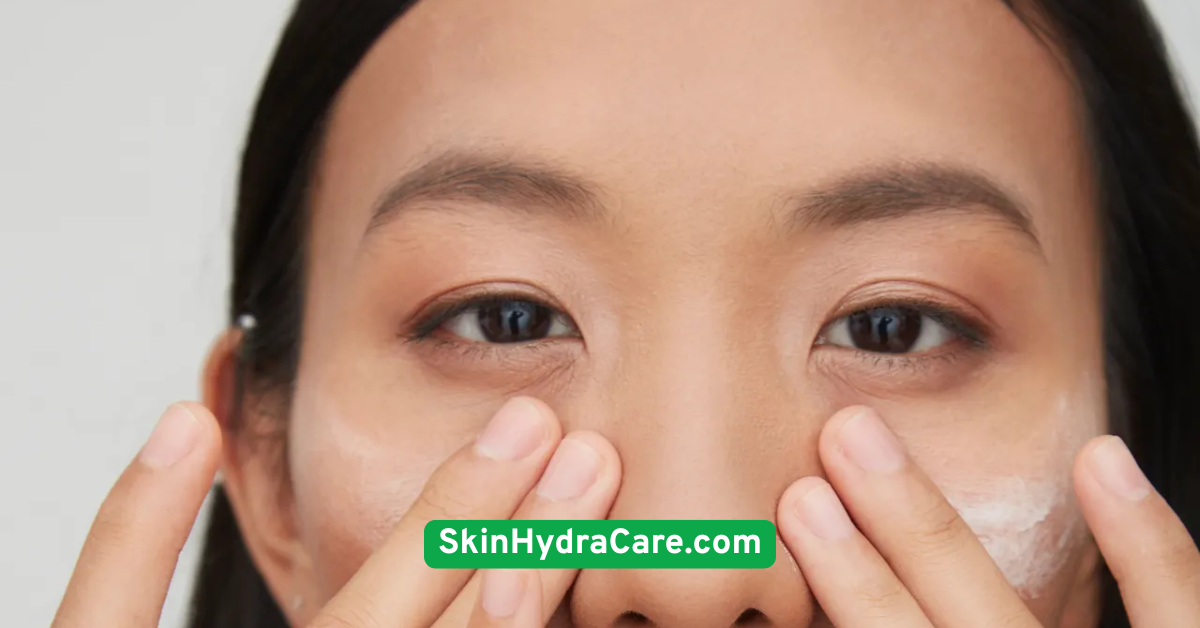
Tip 30: Track Your Skin’s Progress
Use a skincare journal or app to monitor how your skin responds to products and habits. Tracking helps identify what truly works.This mindful approach leads to smarter skincare choices and long-term hydration success.

Conclusion
Hydrated skin is healthy skin—and with these 30 nourishing tips, you’ve got everything you need to make that glow last. From smart product choices to simple lifestyle changes, every tip plays a part in creating a deeply moisturized, radiant complexion.So here’s your challenge: start with just 3–5 of these tips this week. Watch how your skin transforms, then add more as you go. Hydration doesn’t have to be complicated or costly—it just needs consistency. Your glow is waiting. Let it shine!

